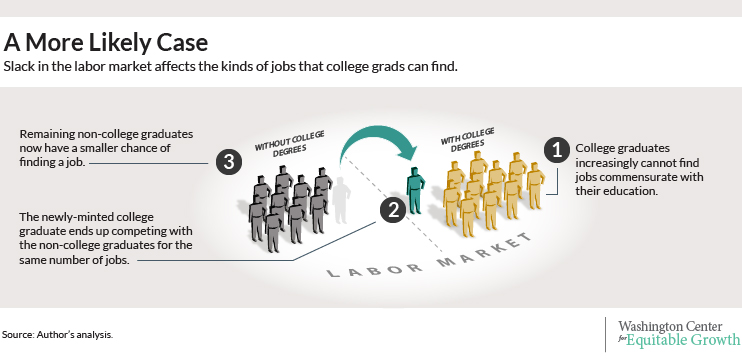Must-Read: As I often say, you win the game of economic theory working in the Chicago tradition if you come up with a theoretical reason why a situation that appears rife with externalities and market failures is in fact one in which the bare-market allocation is in some sense Pareto Optimal. People who start out from the belief the governments are incompetent by necessity and that private property as always the greatest thing–even greater than sliced bread–should not work in the Chicago tradition, as what they produce is lousy. (conversely, you win the game of economic theory working in the Berkeley tradition if you come up with a theoretical reason why a situation in which it looks like the market works is actually rife with market failures and externalities. People who start out from the belief the government failure does not exist do not do good work in the Berkeley tradition.)
Now comes Paul Romer to say the Chicago tradition has become hopelessly corrupt: that they are no longer trying to win the game via argument and insight, but just pointlessly going through the motions with mathiness:
: [Paul Romer and] Mathiness: A Guide for the Perplexed: “Paul Romer [has] levelled an attack on many macroeconomic [growth] theorists…
…including his advisor Bob Lucas…. Romer… thinks that economic theory, mainly macroeconomic [growth] theory, is itself in a bad equilibrium…. Theory… has become [mere] entertainment… a relatively sloppy thing… at best, a sideshow to some other game… [and] a device being used by academics to further a political agenda…. Here his thinking is murkier…. [For example,] Lucas and Moll… a model where… knowledge [can] be created under perfect competition…. When you can demonstrate that something occurs under perfect competition, there is a belief that you are somewhat absolved from saying that there is a policy problem….
How to accelerate knowledge creation is a hard problem…. There is more, much more, to it than that, and mathiness and its tendency to direct people towards the wrong questions (can this work even under perfect competition?) and away from the right (what is the mechanism driving knowledge creation and diffusion?) is the proverbial drunk search for keys under a lamp post. Nonetheless, outside of macroeconomics, I am not sure that it is politics as much as some narrow thinking driving theorists to produce big papers with big empirical implications…. The organization of our knowledge in economics leaves a lot to be desired and is distorting the way that knowledge is being created…
I think Paul is right. I think his targets are going down the road that the Austrians went down long ago–the road of saying that if my theories are inconsistent with the facts and cannot be marked-to-market, so much the worse for the fact and for the idea of marking one’s beliefs to market…

